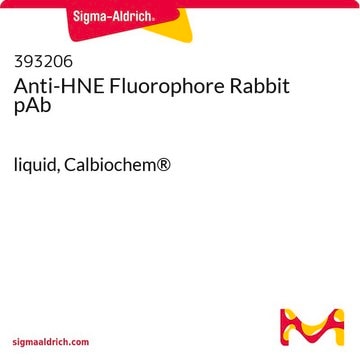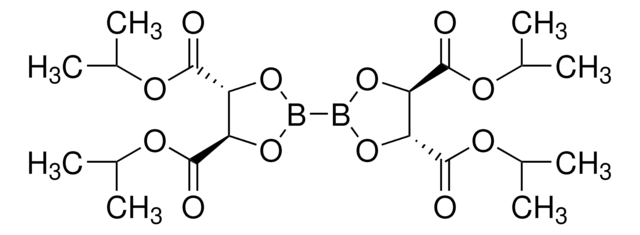V900403
Gly-Gly
99%, Vetec™
Synonym(s):
Diglycine, Glycyl-glycine
Sign Into View Organizational & Contract Pricing
All Photos(3)
About This Item
Linear Formula:
NH2CH2CONHCH2COOH
CAS Number:
Molecular Weight:
132.12
Beilstein:
1765223
EC Number:
MDL number:
UNSPSC Code:
12352209
PubChem Substance ID:
Recommended Products
Product Name
Gly-Gly, Vetec™, reagent grade, 99%
grade
reagent grade
product line
Vetec™
Assay
99%
form
powder
technique(s)
ligand binding assay: suitable
color
white
useful pH range
7.5-8.9
pKa (25 °C)
8.2
mp
255-260 °C
SMILES string
NCC(=O)NCC(O)=O
InChI
1S/C4H8N2O3/c5-1-3(7)6-2-4(8)9/h1-2,5H2,(H,6,7)(H,8,9)
InChI key
YMAWOPBAYDPSLA-UHFFFAOYSA-N
Looking for similar products? Visit Product Comparison Guide
Legal Information
Vetec is a trademark of Merck KGaA, Darmstadt, Germany
Storage Class Code
11 - Combustible Solids
WGK
WGK 3
Flash Point(F)
Not applicable
Flash Point(C)
Not applicable
Choose from one of the most recent versions:
Already Own This Product?
Find documentation for the products that you have recently purchased in the Document Library.
Namrata D Udeshi et al.
Molecular & cellular proteomics : MCP, 12(3), 825-831 (2012-12-26)
Detection of endogenous ubiquitination sites by mass spectrometry has dramatically improved with the commercialization of anti-di-glycine remnant (K-ε-GG) antibodies. Here, we describe a number of improvements to the K-ε-GG enrichment workflow, including optimized antibody and peptide input requirements, antibody cross-linking
P B Armentrout et al.
Journal of the American Society for Mass Spectrometry, 23(4), 621-631 (2011-09-29)
We present a full computational description of the fragmentation reactions of protonated diglycine (H(+)GG). Relaxed potential energy surface scans performed at B3LYP/6-31 G(d) or B3LYP/6-311 + G(d,p) levels are used to map the reaction coordinate surfaces and identify the transition states (TSs) and
P B Armentrout et al.
Journal of the American Society for Mass Spectrometry, 23(4), 632-643 (2011-09-29)
We present a full molecular description of fragmentation reactions of protonated diglycine (H(+)GG) by studying their collision-induced dissociation (CID) with Xe using a guided ion beam tandem mass spectrometer (GIBMS). Analysis of the kinetic energy-dependent CID cross sections provides the
Lasse Jenner et al.
Proceedings of the National Academy of Sciences of the United States of America, 110(10), 3812-3816 (2013-02-23)
Here we present an X-ray crystallography structure of the clinically relevant tigecycline antibiotic bound to the 70S ribosome. Our structural and biochemical analysis indicate that the enhanced potency of tigecycline results from a stacking interaction with nucleobase C1054 within the
A Chatterjee et al.
Langmuir : the ACS journal of surfaces and colloids, 28(34), 12502-12508 (2012-08-21)
The early adsorption stage of glycylglycine on Si(111)7×7 surface has been studied by scanning tunneling microscopy (STM). Filled-state imaging shows that glycylglycine adsorbs dissociatively in a bidentate fashion on two adjacent Si adatoms across a dimer wall or an adatom-restatom
Our team of scientists has experience in all areas of research including Life Science, Material Science, Chemical Synthesis, Chromatography, Analytical and many others.
Contact Technical Service








